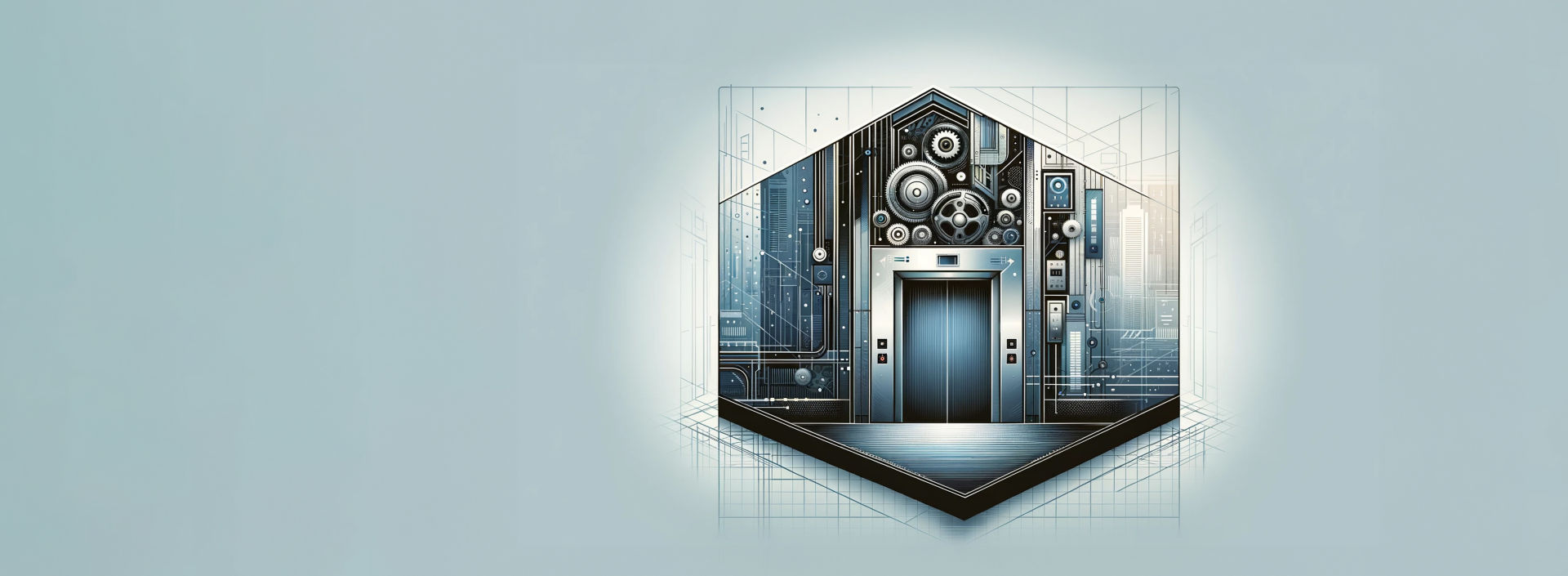Understanding elevator door sensor failures is crucial for safety and functionality. Common causes of these failures include mechanical wear and tear, sensor misalignment, electronic malfunctions, environmental factors, and lack of regular maintenance. To mitigate environmental impacts, it’s important to consider solutions that can help enhance the overall functionality of elevator systems. For instance, one way to ensure proper function is through a purchasing guide that offers insights into different types of elevator safety mechanisms, including light curtains.

Elevator systems consist of numerous mechanical parts that experience wear over time. Just like any machine, components such as gears, pulleys, and bearings can degrade. Regular inspections can identify worn parts early, preventing sensor malfunctions. Understanding elevator light curtains and their cost-saving tips also plays a vital role in maintaining sensor effectiveness, as these systems can provide enhanced safety without compromising operational efficiency.
Misalignment of sensors is another common cause of elevator door failures. When sensors are misaligned, they can misjudge the space, leading to improper door functioning. Realigning sensors is straightforward, and integrating innovative technologies, such as those discussed in studies of elevator-light-curtain technology innovations, helps ensure that your system remains current and effective in preventing malfunction.

Electronic faults can also lead to sensor failures. Regular electronic inspections are essential for ensuring these components work correctly. Keeping an eye on advancements in the industry, as highlighted in discussions about freight elevator safety tips, can help identify best practices that prevent failures effectively. By taking these proactive measures, elevator users can significantly enhance operational safety and ensure the longevity of the elevator systems.
FAQs about Common Causes and Solutions for Elevator Door Sensor Failures
What are the common causes of elevator door sensor failures?
The common causes of elevator door sensor failures include mechanical wear and tear, sensor misalignment, electronic malfunctions, environmental factors, and lack of regular maintenance.
How can regular maintenance prevent sensor failures?
Regular maintenance can catch minor issues before they escalate, ensuring the long-term functionality of elevator door sensors.
When should elevator door sensors be replaced?
If sensors show signs of damage, frequent failures, or inconsistent performance, they need replacement.
What environmental controls can improve sensor performance?
Implementing humidity control, temperature regulation, and regular cleaning can greatly enhance sensor reliability.
How do professional inspections benefit elevator door sensors?
Professional inspections can diagnose complex issues beyond standard maintenance and ensure all safety regulations are met, thus improving the safety and efficiency of elevator systems.
Elevator door sensor failures often result from wear, misalignment, electronic issues, environmental factors, and neglected maintenance. Regular checks and proper care can prevent costly breakdowns. To keep sensors working well, inspect them often, recalibrate as needed, and replace faulty parts. Control the environment around elevators, and consider modern upgrades to extend sensor life. Educate users on proper elevator use to avoid unnecessary strain on systems. By staying proactive, you ensure safer, more reliable elevator performance. Trust in professional help when needed, and remember that consistent care is the key.

